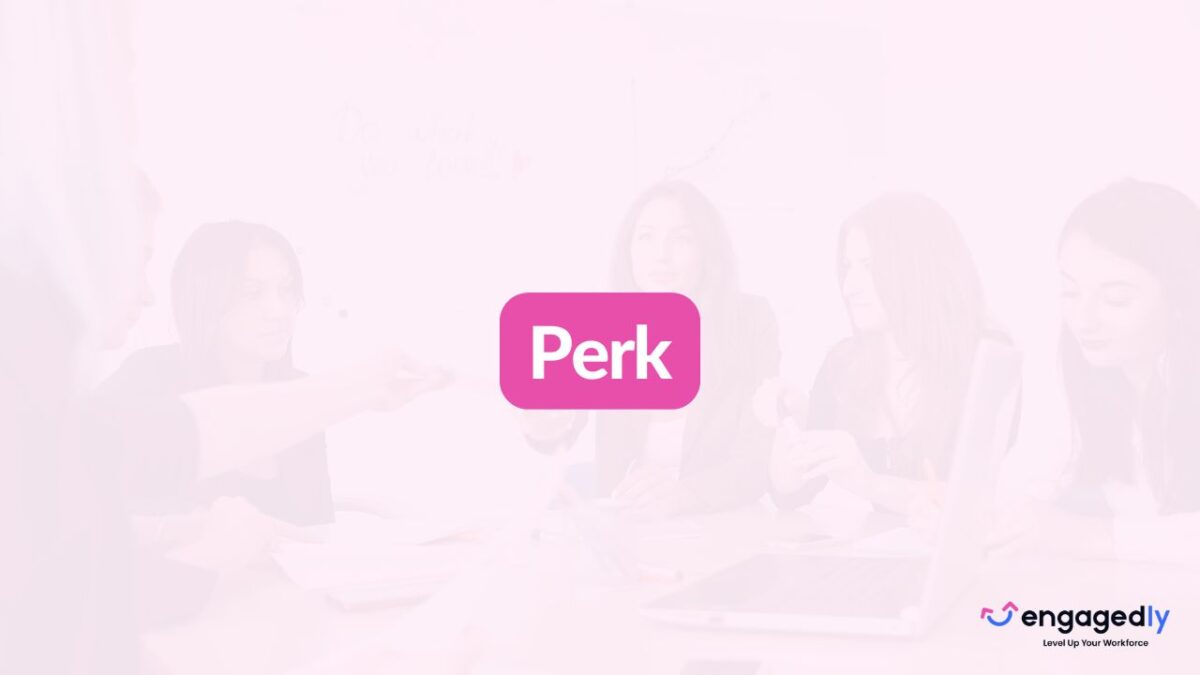What Is a Perk?
A perk, short for perquisite, is a non-wage benefit provided by an employer in addition to an employee’s regular salary or compensation. Perks are often used to attract, engage, and retain talent by enhancing the overall employee experience and workplace satisfaction.
Types of Employee Perks
Perks vary depending on the organization, industry, and location. Common examples include:
- Flexible work hours or remote work options
- Free meals or snacks
- Wellness programs and gym memberships
- Learning and development stipends
- Extra vacation days or paid time off (PTO)
- Commuter benefits or travel allowances
- Company-sponsored events or retreats
Why Perks Matter in the Workplace
Perks contribute significantly to employee morale, productivity, and retention. While they are not a substitute for fair pay, they reflect the company’s commitment to employee well-being. When designed strategically, perks can improve workplace culture, reduce burnout, and make an organization more attractive to job seekers.
Difference Between Perks and Benefits
Perks are typically seen as optional extras, while benefits often refer to core offerings like health insurance, retirement plans, or paid leave. However, both play important roles in shaping the total compensation package and employer brand.
Trends in Modern Workplace Perks
As workforces evolve, so do the types of perks companies offer. Personalized perks, mental health support, remote work flexibility, and purpose-driven experiences are becoming increasingly popular in competitive workplaces.

